The holographic communication market in Germany is characterized by a dynamic competitive landscape, driven by rapid technological advancements and increasing demand for immersive communication solutions. Key players such as Microsoft (US), Google (US), and Magic Leap (US) are strategically positioned to leverage their innovative capabilities and extensive resources. Microsoft (US) focuses on enhancing its Azure cloud services to support holographic applications, while Google (US) emphasizes the integration of AI into its holographic platforms. Magic Leap (US), on the other hand, is concentrating on partnerships with educational institutions to expand its market reach and application scope. Collectively, these strategies foster a competitive environment that encourages innovation and collaboration, ultimately propelling market growth.
In terms of business tactics, companies are increasingly localizing manufacturing and optimizing supply chains to enhance operational efficiency. The market structure appears moderately fragmented, with several players vying for market share. However, the influence of major companies is substantial, as they set industry standards and drive technological advancements. This competitive structure allows for a diverse range of offerings, catering to various sectors such as healthcare, education, and entertainment.
In October 2025, Microsoft (US) announced a strategic partnership with a leading telecommunications provider to enhance the connectivity of its holographic communication solutions. This collaboration is expected to improve the performance and accessibility of their products, thereby expanding their user base. The strategic importance of this move lies in its potential to address connectivity challenges that have historically hindered the adoption of holographic technologies, thus positioning Microsoft (US) as a leader in the market.
In September 2025, Google (US) unveiled a new holographic communication platform that integrates advanced AI capabilities, allowing for real-time language translation and enhanced user interaction. This development signifies a critical step towards making holographic communication more accessible and user-friendly. By focusing on AI integration, Google (US) not only enhances the functionality of its offerings but also differentiates itself from competitors, potentially capturing a larger share of the market.
In August 2025, Magic Leap (US) secured a partnership with several universities to develop educational holographic applications. This initiative aims to create immersive learning experiences that leverage holographic technology. The strategic importance of this partnership lies in its potential to establish Magic Leap (US) as a key player in the educational sector, thereby diversifying its application areas and enhancing its market presence.
As of November 2025, current competitive trends indicate a strong emphasis on digitalization, sustainability, and AI integration within the holographic communication market. Strategic alliances are increasingly shaping the landscape, enabling companies to pool resources and expertise. Looking ahead, competitive differentiation is likely to evolve, shifting from price-based competition to a focus on innovation, technological advancements, and supply chain reliability. This transition underscores the importance of adaptability and forward-thinking strategies in maintaining a competitive edge.


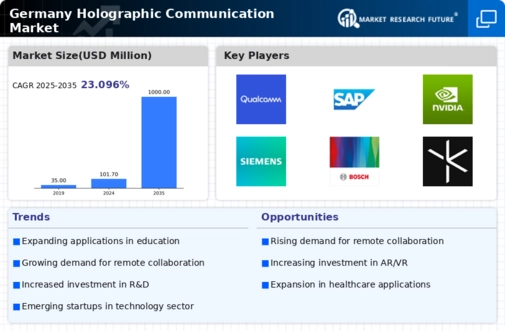

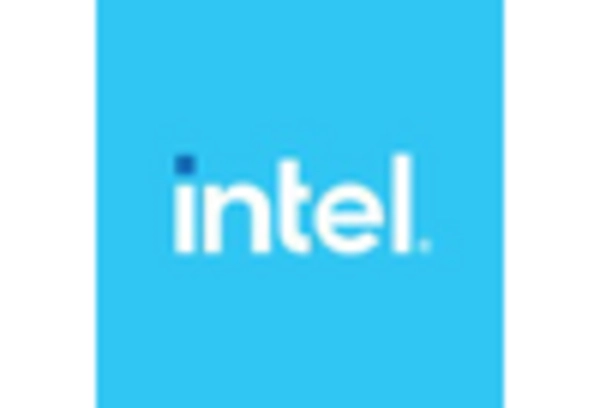
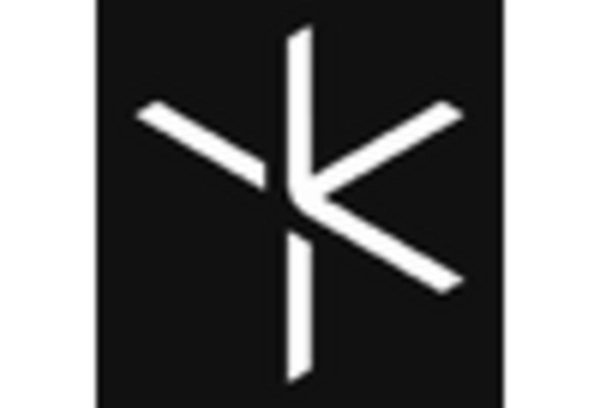

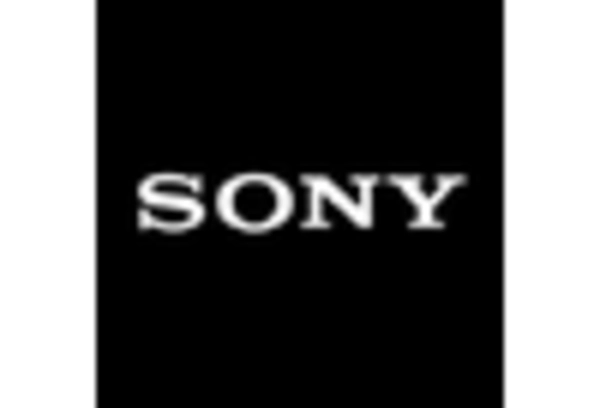
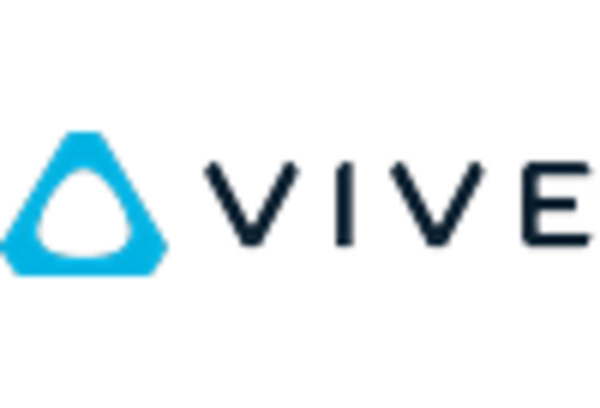








Leave a Comment